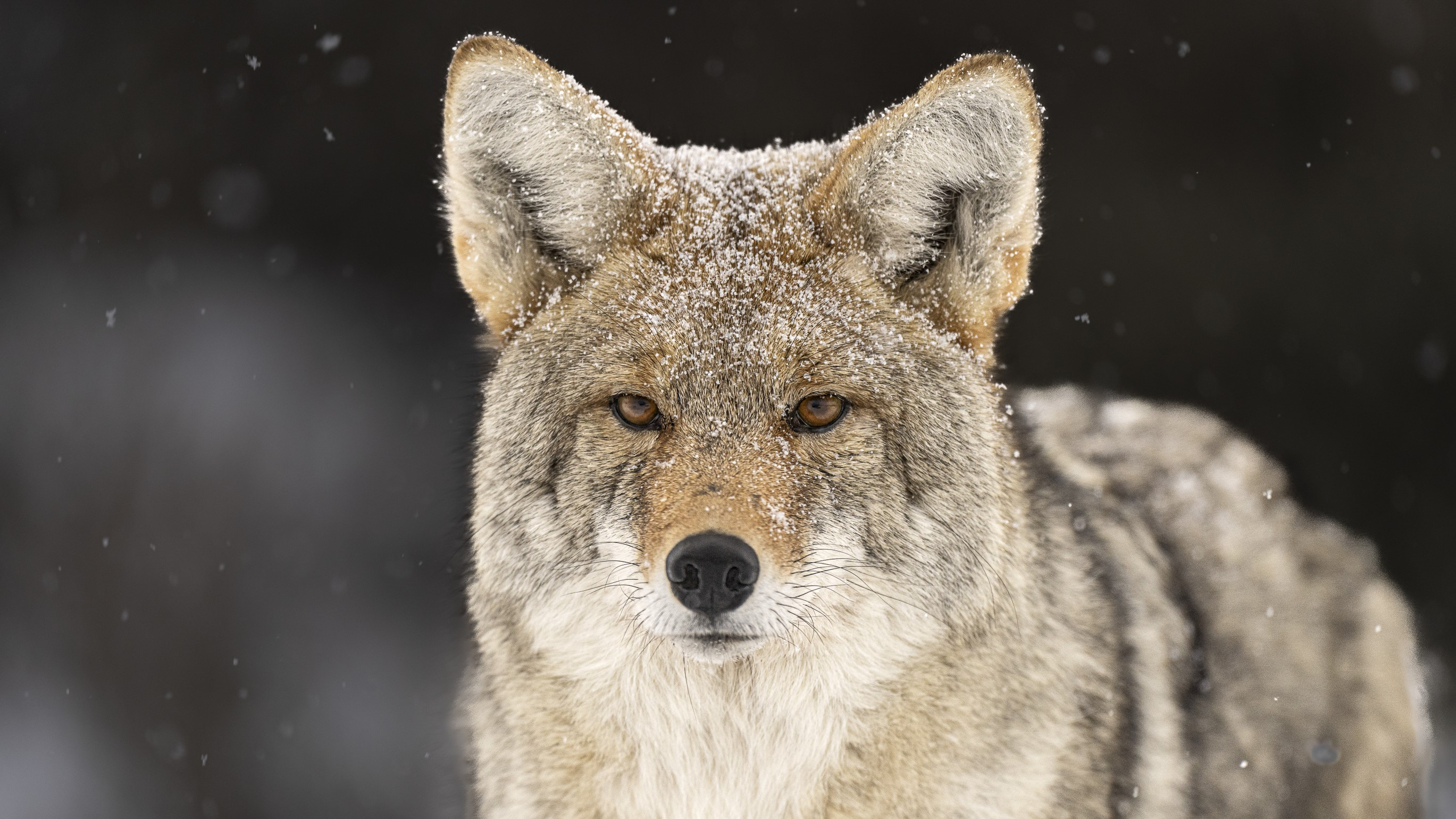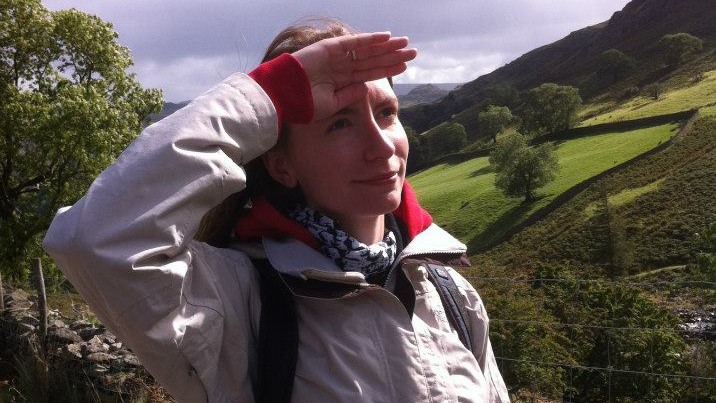
A man learned the hard way why you shouldn't try to touch wild animals after receiving a nasty nip from a coyote near Mammoth Mountain, California.
In a video shared at the weekend via Instagram account TouronsOfNationalParks, the man crouches and beckons to the animal in a snowy parking lot, holding out his hand and trying to coax it closer. The clip (which you can watch below) shows the coyote hesitating as the man tries to get its attention, saying: "Come here. It's cold, I know, you're freezing."
Rather than accept being petted and fussed, the coyote behaves like many wild animals when threatened and lashes out, biting his hand before withdrawing. The bite doesn't appear to have drawn blood, but apparently hurts nonetheless. Warning: video contains bad language.
A post shared by @touronsofnationalparks
A photo posted by on
Coyotes might look similar to domestic dogs, but they are wild animals and should not be approached or fed by people. It's rare for them to attack humans, but they can become aggressive if they feel threatened, or they have become habituated to humans.
Last year, Rangers pleaded with hikers not to feed coyotes after one had to be euthanized at an NPS site in Massachusetts. The animal had started to behave aggressively towards people and pets in a parking lot, and to snatch food – likely due to being fed by people in the area and losing its natural wariness.
Coyotes generally prefer to avoid close encounters with people, and will usually try to leave the area first, but if you do come across one then it's safest to give it plenty of space and take another route if necessary. Avoid cornering a coyote that may be defending its den.
Secure pets and children, which the coyote might see as a threat or prey, and don't run to avoid triggering its instinct to chase. For more advice, see our guides what to do if you meet a coyote and wildlife safety: eight tips for surprise encounters.
All the latest inspiration, tips and guides to help you plan your next Advnture!
Coyotes can also carry rabies. If you are bitten, John Hopkins Medicine advises applying pressure with a clean bandage or towel to stop any bleeding, and washing the wound with soap and running water for at least five minutes. Dry the and cover it with a sterile dressing, but don't use anything adhesive to hold it closed, as this may trap pathogens inside.
"Call your healthcare provider for guidance in reporting the attack and to determine whether additional treatment, such as antibiotics, a tetanus booster, or rabies vaccine is needed," says John Hopkins Medicine. "This is especially important for bites on the face, hands, or feet, or for bites that cause deeper puncture wounds of the skin."

Cat is the editor of Advnture, She’s been a journalist for 15 years, and was fitness and wellbeing editor on TechRadar before joining the Advnture team in 2022. She’s a UK Athletics qualified run leader, and in her spare time enjoys nothing more than lacing up her shoes and hitting the roads and trails (the muddier, the better), usually wearing at least two sports watches.
